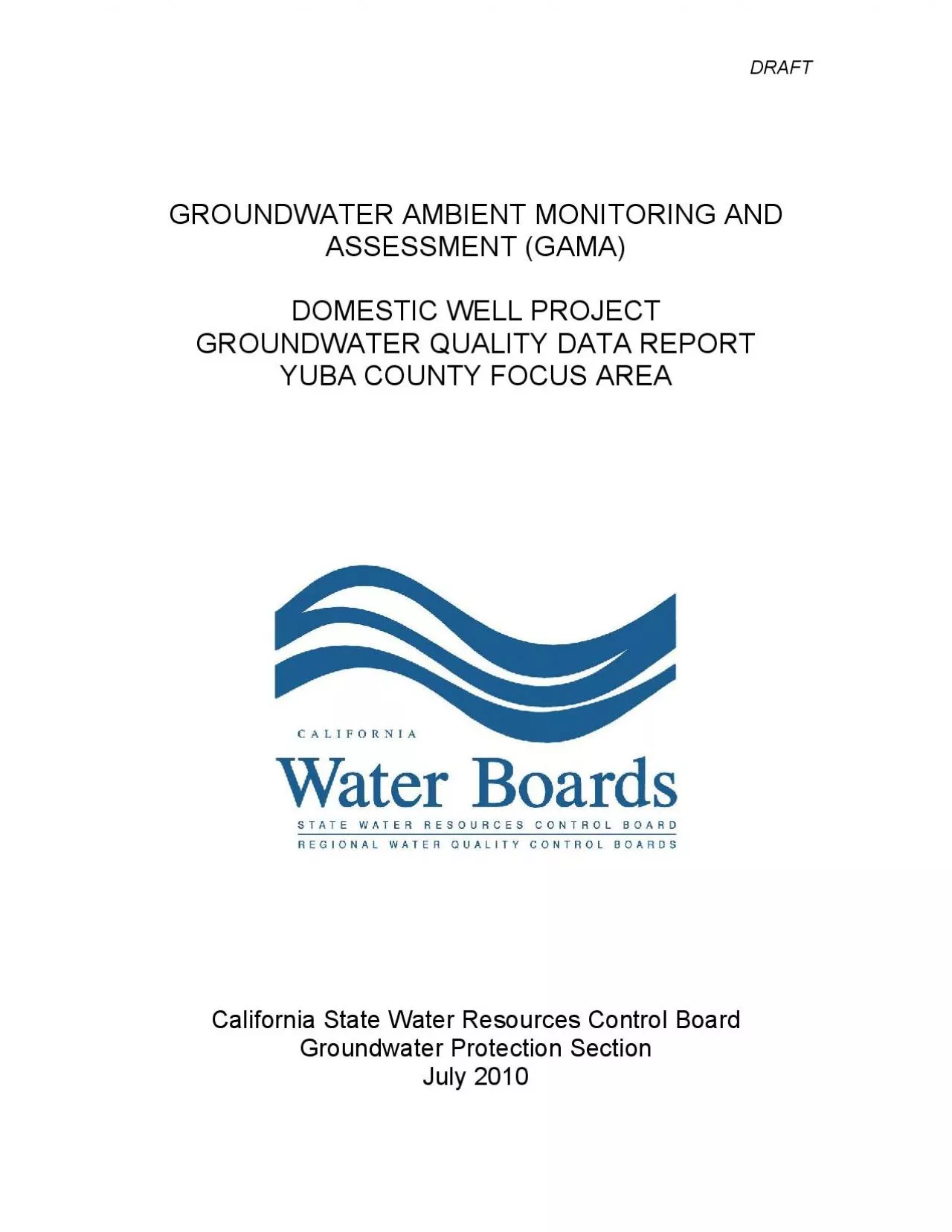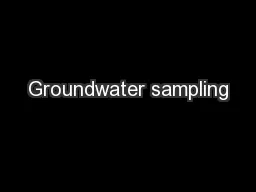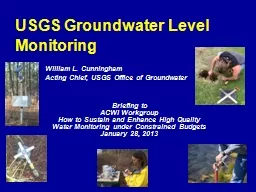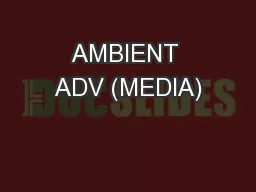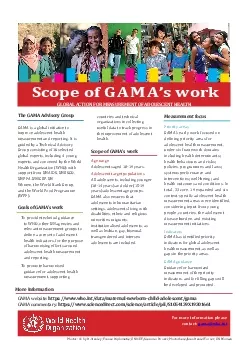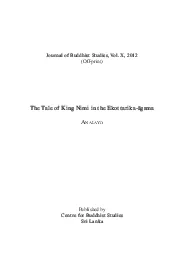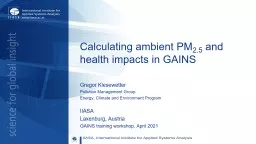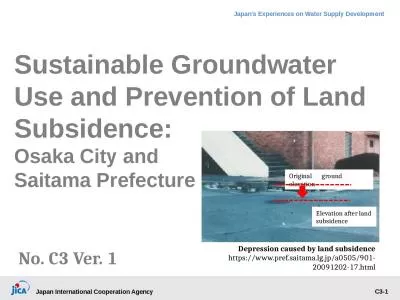PDF-DRAFT GROUNDWATER AMBIENT MONITORING AND SSESSMENT GAMA DOMESTIC WEL
Author : caitlin | Published Date : 2021-08-19
California State Water Resources Control Board Groundwater Protection Section July 2010 DRAFT Revised July 2010 Table of Contents ACKNOWLEDGEMENTS 3ABBREVIATIONS
Presentation Embed Code
Download Presentation
Download Presentation The PPT/PDF document "DRAFT GROUNDWATER AMBIENT MONITORING A..." is the property of its rightful owner. Permission is granted to download and print the materials on this website for personal, non-commercial use only, and to display it on your personal computer provided you do not modify the materials and that you retain all copyright notices contained in the materials. By downloading content from our website, you accept the terms of this agreement.
DRAFT GROUNDWATER AMBIENT MONITORING AND SSESSMENT GAMA DOMESTIC WEL: Transcript
California State Water Resources Control Board Groundwater Protection Section July 2010 DRAFT Revised July 2010 Table of Contents ACKNOWLEDGEMENTS 3ABBREVIATIONS AND ACRONYMS 4ABSTRACT. Ananya. Vaso Da Gama ROCKS The House. Picture of Explorer. Old. . Young. Dates of Birth and Death. Born:1460. Died:1524. Birthplace . Sines, Portugal. Country of Origin. and. purge techniques. Acquiring . a . representative sample. Your Resources:. ISO Standards (5667). GNS National Protocol. What are we trying to achieve?. 3. Why is this so important?. A REPRESENTATIVE SAMPLE!. 2. Groundwater Sampling. Sampling a well with a tennis shoe?. Standards, Directives, Guidelines................... 4. Standards, Directives, Guidelines. Hierarchy:- “more or less a general consensus” EN/AS/NZS=. William L. Cunningham. Acting Chief, USGS Office of Groundwater. Briefing to . ACWI Workgroup . How to Sustain and Enhance High Quality Water Monitoring under Constrained Budgets . January 28, 2013. Monitoring Networks Outline. Water Education Foundation SGMA Tour. October 6, 2016. Overview of Legislation. Recognizes the value of . l. ocal management of water resources. Requires the development . of Groundwater Sustainability . vs. GUERELLA MARKETING? . AMBIENT MEDIA. MESSAGES IN UNEXPECTED OUT OF HOME LOCATION. (BERMAN, 2012) . Ambient advertising can be found anywhere and everywhere. GUERELLA . Guerrilla Marketing . is about taking the consumer by surprise, make an indelible impression and create copious amounts of social buzz.. what we can’t feel. Celeste Labedz. Massachusetts Institute of Technology. Incorporated Research Institutions for Seismology. Summer Internship 2014. What can ambient seismic. noise give us?. Clues about the inside of the earth. Acquisition Integrated Project Team . Chair. Environmental Management Los Alamos Field Office. March 3, 2015. Regulatory Framework for Water. New Mexico Water Quality Control Commission (NMWQCC) establishes standards. saturates . pore spaces of . bedrock.. The rate of movement of groundwater is gravity driven, varying between 0.6 inches per day (in sandstones) to several inches per year (in . granites. ). The source of groundwater is rain and melt water infiltrating and percolating through fractures/pores in soil and . had e for th easd chnanizations n collovef Scope of s workge GAMA guidanceuidance for harmonizedmeasurementof the priority indicato and for filling gapswilbe developed and promotedre webpsdolosC y anl 82The Ekottarika-gama version stands alone in combining its description of the long succession of ideal kings with narrative pieces that in other Pikya or gama bgsamspscs anncap gl a bgx00660066cpclr and health impacts in GAINS. Gregor Kiesewetter. Pollution Management Group. Energy, Climate and Environment Program. IIASA. Laxenburg. , Austria. GAINS training workshop, April 2021. Overview. Introduction: Principles of source-receptor calculations. Osaka City and . Saitama Prefecture. No. C3 Ver. 1. Depression caused by land subsidence . https://www.pref.saitama.lg.jp/a0505/901-20091202-17.html. Original. . ground elevation. Elevation after land subsidence. -by. Internal Guide: . M.Preethi(10C91A0563). Prof. G. Charles . Babu. CSE-B. HOD-CSE. Introduction. Scenarios. AmI concepts, technologies and characteristics. Architecture.
Download Document
Here is the link to download the presentation.
"DRAFT GROUNDWATER AMBIENT MONITORING AND SSESSMENT GAMA DOMESTIC WEL"The content belongs to its owner. You may download and print it for personal use, without modification, and keep all copyright notices. By downloading, you agree to these terms.
Related Documents

